Blog  Natural Wanders in Australia Nature Tours & Wildlife Parks Blog
Natural Wanders in Australia Nature Tours & Wildlife Parks Blog
Corroboree Billabong, Water Lotus, Estuarine Crocodile at Corroboree Billabong on the Mary River, Northern Territory, Australia. © Steven David Miller
|
|
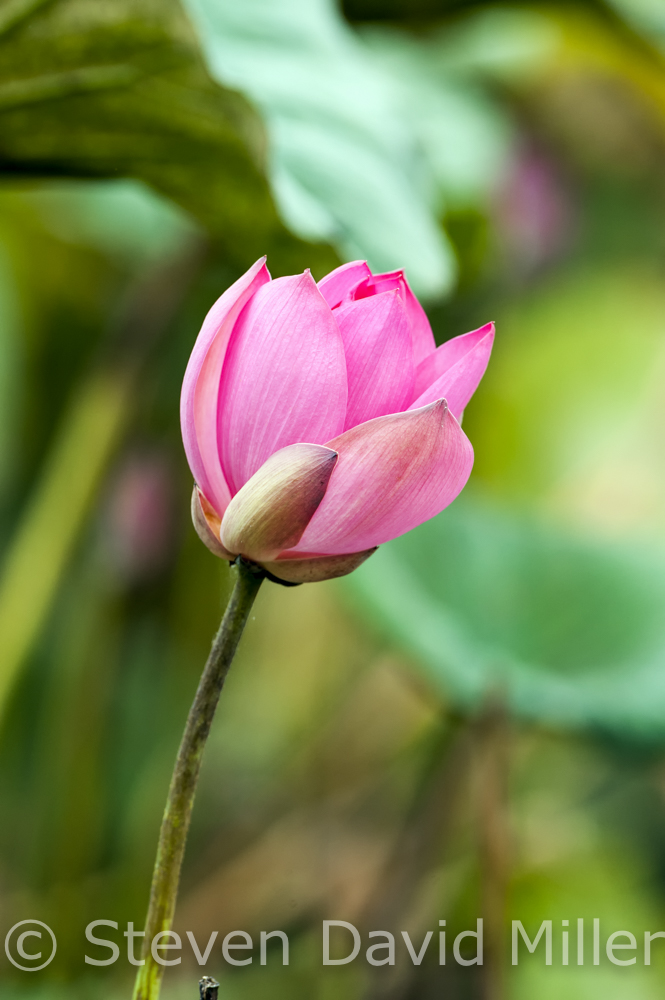 |
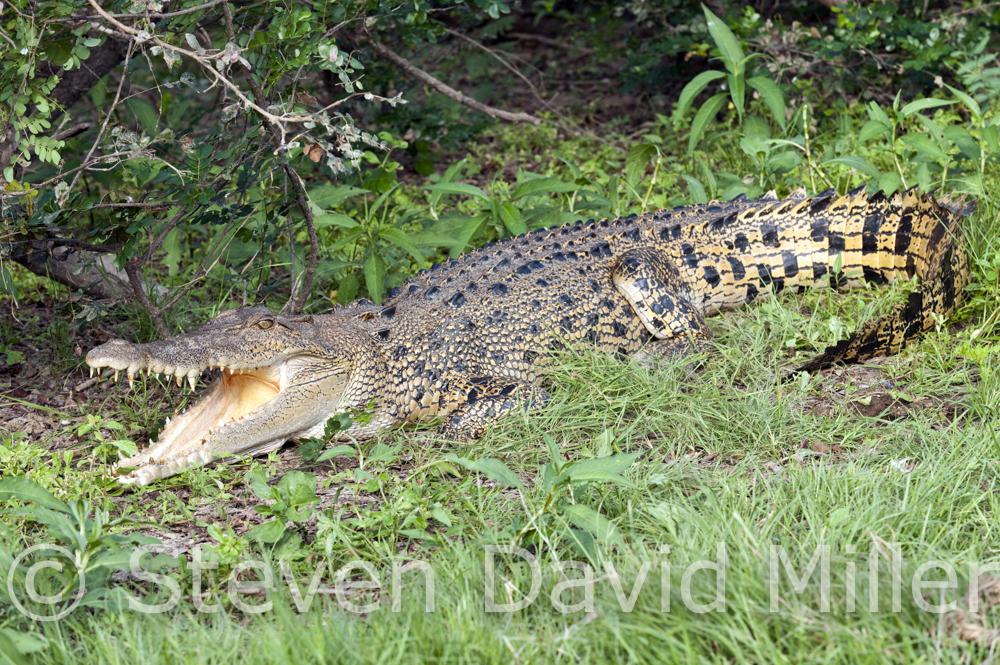 |
Cruising Corroboree Billabong (Five our of five stars; excellent value for money)
Anyone who has been on the South Alligator River Yellow Waters sunset cruise in the Northern Territory’s Kakadu National Park knows just how beautiful and prolific a Top End wetland can be. The tour, operating out of Cooinda, is spectacular, but with big pontoon boats shuffling large groups of people hither and yonder, it has become a bit of an aquatic bus tour (though still worth taking). For a more intimate and personal experience that still offers staggering birdlife, virtually guaranteed crocodile sightings and rafts of water lotus flowers, the Corroboree Billabong ‘Wetland Cruises’ on the Mary River (just a few rivers west of the South Alligator River) is perfection itself. There are two ‘Wetland Cruises’ in the morning, and of course the first one is the best for birdlife. The lunch cruise offers fewer birds, but when lunch is served on the boat you are very likely to be joined by a huge estuarine crocodile swimming close by, and even whistling kites soaring above. We think the perfect cruise is near sunset when birds are busy with the last activities of the day and both freshwater and estuarine crocodiles are catching a few rays before the sun sinks below the horizon. No matter which one you choose, you won’t regret joining this superb tour. There is something so wild about Corroboree Billabong and the Mary River (which boasts the largest concentration of large estuarine crocodiles in Australia) that you can’t help but feel that you have had an adventure. If you are driving to or from Kakadu on the Arnhem Highway, you can catch a shuttle bus to the billabong from Corroboree Park Tavern, or drive there yourself. Frankly, it would be a pity to miss it.
For more information visit www.wetlandcruises.com.au
Ridgetop Tour, 4WD Track, Scenery at Arkaroola Wilderness Sanctuary, South Australia. © Steven David Miller
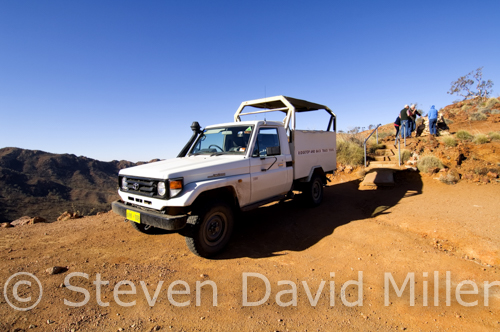 |
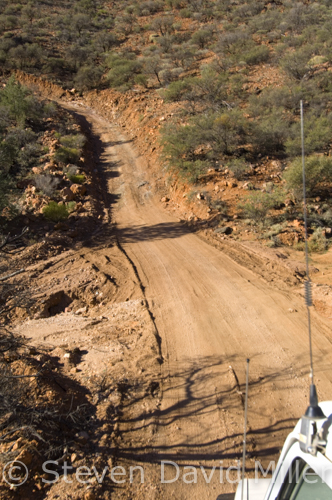 |
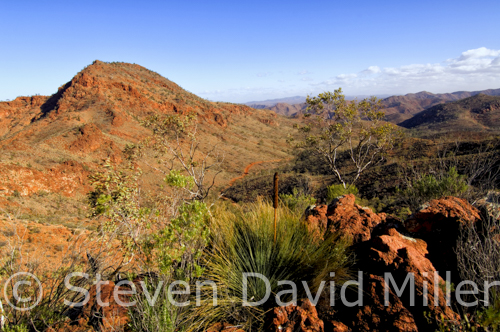 |
The 4WD Ridge Top Tour at South Australia’s Arkaroola Wilderness Sanctuary. (Five out of five stars; worth the money if the budget allows).
The turn-off to Arkaroola was just near the ranger station for the Vulkathunha-Gammon Ranges National Park. Thirty kilometres along was the private wilderness sanctuary, its entrance flanked with a display of rocks, each one named. This is not surprising given that the founder of Arkaroola was a geologist. Reg Sprigg visited the Gammon Ranges as a young student, and then again as a professional. He fell in love with the area, and when the lease for Arkaroola came up for sale, he bought it. His dream was to turn it into a wildlife sanctuary. That is what it is today, and though Reg and his wife have passed away, their son and daughter now manage the place. To me, Arkaroola is just about as perfect a place as one could ask for.
Upon arrival at Arkaroola, we checked into a site in the campground (other accommodation is available too). A quick afternoon visit to Bolla Bollana Spring to see a mob of yellow-footed rock wallabies, and then Nooldoo Nooldoona Waterhole for some bird-watching and rock-fossicking, and we were in love. Our Ridge Top Tour began at 8am the next morning, and we met our guide at the reception area of Arkaroola Village. The tour vehicle seated ten, and we all squashed into the open section of the 4WD truck. It was cozy. Our guide was very knowledgeable, explaining that many of the rock formations we were seeing were about twice as old as the sedimentary rock formations of the central Flinders Ranges. While central Flinders was a mere 500 million years old (give or take 100 million), the Gammon Ranges (northern Flinders) area was 1,000 million years old. Arkaroola was first run as a sheep property, and it was a dismal failure. When the Sprigg family took it over, they began to re-vegetate where possible, and all feral animals were killed. This had created a haven for birds, euros (a hill kangaroo), and the wondrous yellow-footed wallaby.
Our guide drove us through the tumultuous landscape, and we were soon in serious 4WD country. It was a like a very bumpy roller-coaster ride at 20 km/h. We stopped at several lookouts, and the views were breathtaking. The hills were dotted with soft, green mounds of spinifex, though upon touching this grass, you soon realize it isn’t soft at all. There were grass-trees in bloom, emu shrubs in flower, mulga bushes and gum trees. We saw euros, wedge-tailed eagles, mulga parrots and malle ringneck parrots, and kestrels (a small bird of prey). In many of the rock hills, you could see quartz and other pretty minerals. In fact, Arkaroola had been mined for uranium and radium over the years.
Our final ascent was to Ridge Top. The vehicle groaned up the hill to Stillers Lookout, and we stopped at a precipice that plunged straight down for hundreds of feet. We had morning tea and enjoyed the view. The ride back was equally exciting and demanding, and I could see why it was considered one of the best 4WD tours in Australia. One certainly wouldn’t want to miss it if one were visiting the area...and visiting the area is a must.
© Linda Lee Rathbun
*For more information visit www.arkaroola.com.au.
Bruny Island Cruises Boat, Australian Fur Seal, Black-faced Cormorant Colony as seen on Bruny Island Cruises, Tasmania, Australia. © Steven David Miller
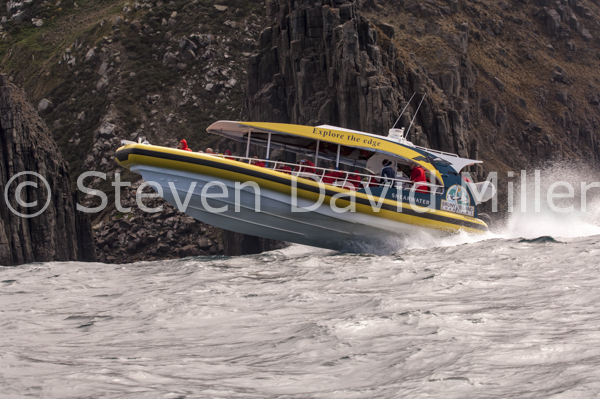 |
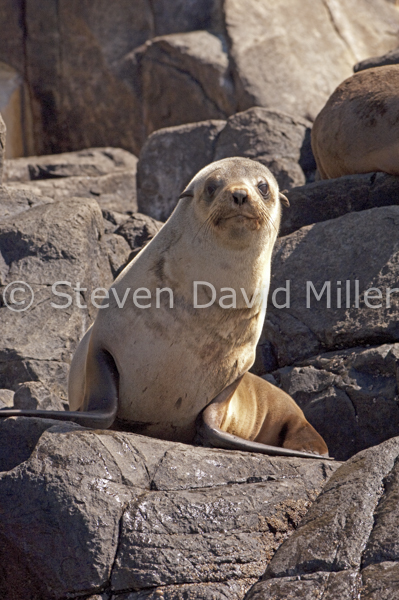 |
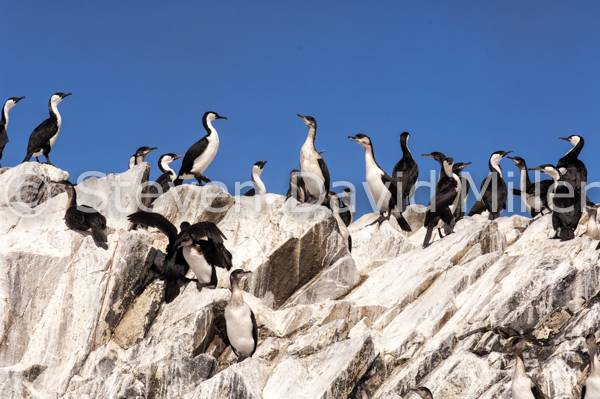 |
Bruny Island Cruises (Five out of five stars; worth the money even if you have to stretch the budget)
There are numerous reasons to positively gush over Tasmania’s Bruny Island, and one of the main reasons is Bruny Island Cruises. This three-hour trip, plunging beside a ragged coastline under constant assault by the Tasman Sea, is thrilling in more ways than one. First of all there are the boats: 12.5 rigid inflatables each with three powerful outboard motors that allow the vesselsl to scream across the waves. Second is the crew under the direction of the owner, Robert Pennicott, who sincerely wants each and every guest to have a fabulous time. Third is the stunning scenery and wildlife found along the cliffs, offshore rocks, coves and caves of South Bruny National Park. You never know what you will see for sure, but seals, dolphins, whales and sea bird colonies are all on the most-likely-to-see list. We have had the pleasure of joining many fantastic nature tours, but this one is at the top of our favourite’s list.
And those other reasons to gush over Bruny Island? Stay a while and find out about the colony of albino Bennett’s wallabies living near the boundary of South Bruny National Park (at the end of Adventure Bay Road). The historic lighthouse, the superb walk on the Labilladiere Peninsula, watching fairy penguins return to their burrow at dusk at the tip of North Bruny Island all add to that list of reasons. And if you can’t make it to Bruny on your own, never fear because Bruny Island Cruises offers the option of transportation from Kettering or Hobart.
*For more information, visit www.brunycruises.com.au.
*Since seasickness is a distinct possibility, come prepared with ginger tablets such as Blackmore’s Travel Calm from a health food store, or pressure point wristbands such as Sea-Band from a dive store. Stronger stuff such as Dramamine makes you drowsy and hence the trip is less enjoyable. Also remember to take warm clothes as it can be rather cold on the boat.
The Investigator, Australian Sea-lion, Bottlenose Dolphin on the Baird Bay Eco Tour. © Steven David Miller
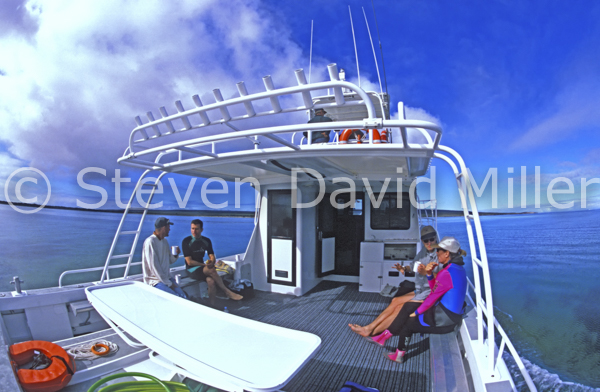 |
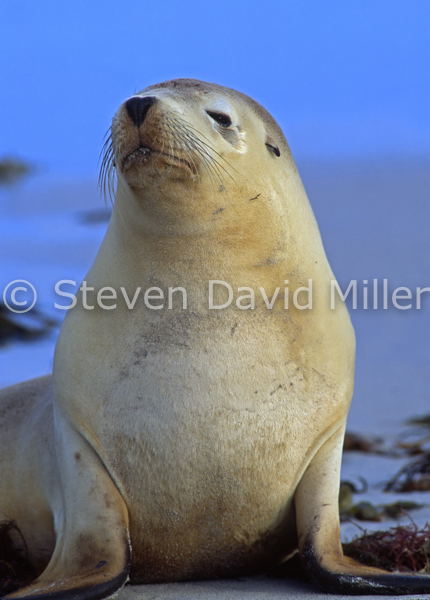 |
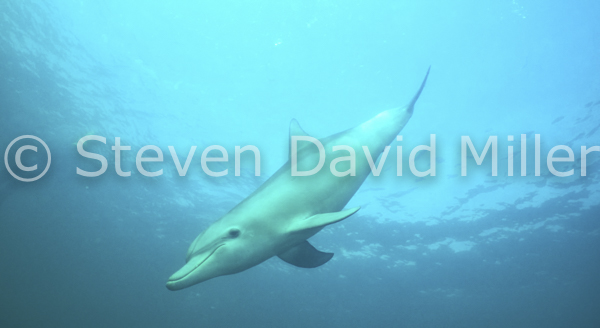 |
Baird Bay Ocean Eco Experience (Five out of five stars; worth the money even if you have to stretch the budget)
Almost directly across from Whyalla on the Eyre Peninsula is Baird Bay. Here, you can snorkel with Australian sea lions and dolphins on a Baird Bay Ocean Eco Experience with Alan and Trish Payne. Their boat, the Investigator, is a luxury craft compared to most of the dive boats one encounters, and we were very pleased indeed to be able to join them on one of their cruises. The first stop is only a few kilometres away, at the head of the bay. Here lies an island where sea lions breed, and where a number of birds have also found a safe haven. As you arrive, the sea lions watch you from shore. I had always maintained that only a crazy person would go swimming with seals in South Australia, given that seals are a favored food of great white sharks. And here I was, doing what I had said I would never do. It certainly seemed safe enough. A natural reef ran to the sides of the island, and it was very unlikely that a deepwater shark would come into the shallows—right? In any case, the sea lions had arrived at the side of the boat, and it was clear they wanted us to join them as soon as possible. We all went in for a snorkel, and soon several sea lions were swimming all around us, literally soaring through the water with the greatest of ease. It was simply delightful, and I was laughing underwater at their antics. If we dove down, they would dive down too, arching and bending in front of us. One took a liking to the dome port on Steve’s underwater camera housing, and probably seeing his reflection, kept coming in for a closer look. We had the most wonderful time.
After reluctantly getting out of the water and back on the boat, we headed over to our next snokelling spot. Dolphins were waiting for us as we all jumped in the water again, and they put on a show that was amazing. They swam under and around us, I was dizzy trying to follow their movements. A group of about eight was there, and they seemed to be having fun checking us out. We were soon joined by a sea lion who took a very strong liking to Steve's blue fins. He would nibble and pull on them, following Steve around (or at least following the fins around). He also took a few nibbles of my dive booties, and our captain told us later that his name was Chompers. Chompers loved to chomp on things, and both Steve and I were honored that he had chosen our footwear as his chomp for the day. When we could bear the cold no longer, we climbed back on the boat. Everyone was euphoric with what they had seen, and we all chattered away excitedly to each other while we ate lunch. It was most unusual to look out on the water and see the dolphins, while just on the shore near us were sheep grazing in green pastures. As we motored back, the dolphins stayed with us, riding on the bow wave of the boat and surfing on the wake. What amazing creatures these dolphins are, so adept and adapted to their environment. The Baird Bay Eco Tour was fantastic, and I would highly recommend it to anyone.
© Linda Lee Rathbun
*For more information visit www.bairdbay.com
The Arthur Range, Orange-bellied Parrot, Melaleuca Inlet in Southwest National Park, Tasmania.
© Steven David Miller
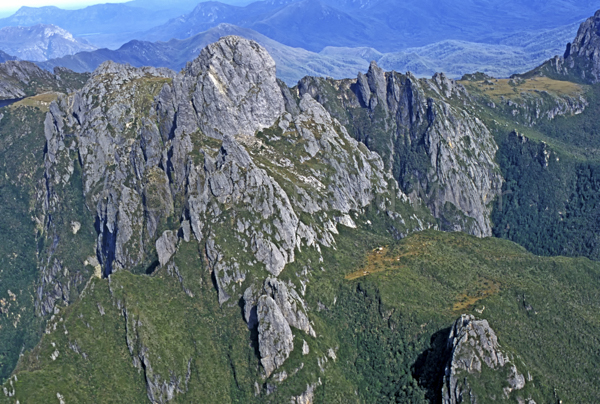 |
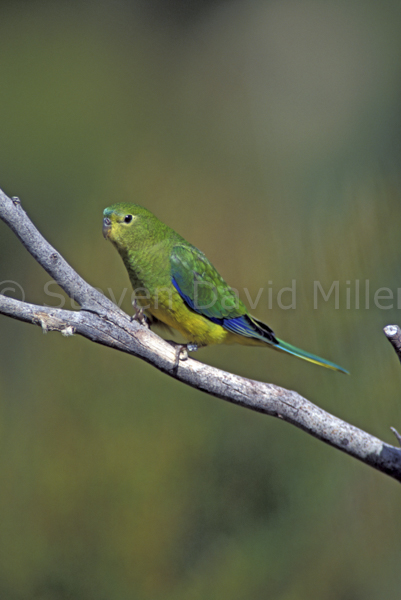 |
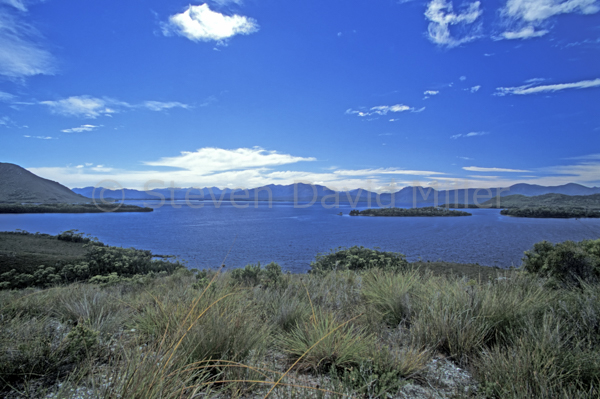 |
A Day in the Wilderness with Par Avion (Five out of five stars if the budget allows)
Southwest National park forms the third link in Tasmania’s Wilderness World Heritage Region, the other two are Franklin-Gordon Wild Rivers National Park, and Cradle Mountain-Lake St.Clair National Park. To see the southwest, one must walk. There are two tracks: the South Coast Track which takes 6 to 8 days, and the Port Davey Track which takes just as long. The two are linked and can be done together. Another option, for those with limited time (and limited inclination), is a scenic flight in and out. This is what we did, taking a day trip out to Melaleuca with Par Avion Wilderness Tours.
Our flight left from Cambridge Airport just outside of Hobart, and after the tame landscape of the Huon Valley, it was instantly evident when apple orchards and forestry logging gave way to wilderness. Little lakes clung to the base of soaring mountain peaks like mirrors reflecting a blue sky. Ranges spread out everywhere like rumpled folds of jade green.There was the Devil’s Backbone near Mt. Hartz.There was Mt. Picton and Federation Peak. Across the Ray Range, the mountains dropped off, and there was Bathurst Harbour and Melaleuca Inlet. We landed on an off-road runway, and were quickly escorted to a bird hide. For bird watchers, this is a very special place, for here you can see the frighteningly rare Orange-bellied Parrot. With only 200 left in the wild, this is a highly endangered bird. We were ecstatic to find about ten of them flying around a gum tree, and landing at regular intervals on a feeding tray.
Just a short way down the path from the bird observation hut was the home of Deny King. This man lived in Melaleuca for about 45 years, mining tin and taking care of the birds in the area. He built nesting boxes for the parrots, and fed them seed from his garden. He was also a wildlife artist. His home, like a long tunnel of corrugated metal, is charming, and I enjoyed peeping through windows to see an old piano, cozy chairs, and interesting things on the wall. Deny passed away but he is still remembered by all who knew him as a true bush character: a lover of nature, and a warm and friendly host to anyone visiting the area. He also, more than likely, played a critical role is saving the Orange-bellied Parrot.
After an hour or so of watching and photographing the parrots, one of the Par Avion pilots came to get us for the Bathurst Harbour cruise portion of our trip. We joined a group of about ten other visitors who had flown out on two later flights. We waited for our pontoon boat to arrive at the tiny dock from where we could see the jagged silhouette of the Western Arthur Ranges in the distance. We motored along for about an hour and then arrived at a picnic area where we were served a delicious lunch complete with Tasmanian cheeses, smoked salmon pate, chutneys, meats, berries, and a cloud of blowflies intent on sharing our food with us. Over lunch, we talked with one of the other guests who had done the two Southwest tracks together for a total of 21 days of hiking. That was in the 1970’s when walkers could arrange to have food air-dropped in at certain locations. Such basic provisions as Drambuie and port were packed into barrels. Today this is no longer considered environmentally correct, and hikers have to carry their own endless supplies of freeze-dried food. Still, it must have been fun.
Our late afternoon return flight to Hobart was along the coast. Our pilot, who looked too young to even have a driver’s license, flew us back. Aside from a few stomach-wrenching encounters with turbulence, the flight was stunning. Beneath us, the rugged coastline broke up into cobalt blue coves and emerald bays. We flew over the South East Cape, Australia’s most southern land point, and then up along the D’Entrecasteaux Channel back to the Cambridge Airport. All in all, it was a most enjoyable day in the wilderness.
© Linda Lee Rathbun
*For more information, visit www.paravion.com.au-.
Wild Hibiscus, Great-billed Heron, Spectacled Flying Fox on the Daintree River. © Steven David Miller
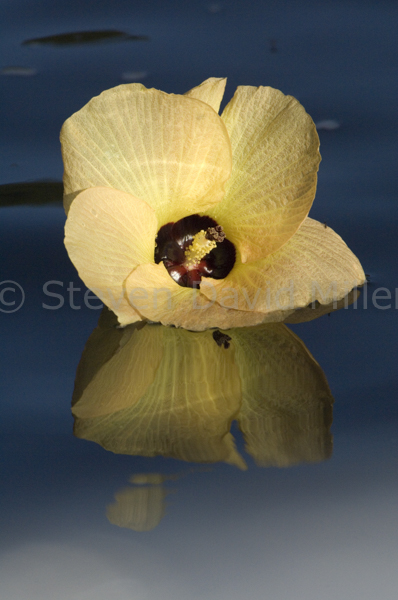 |
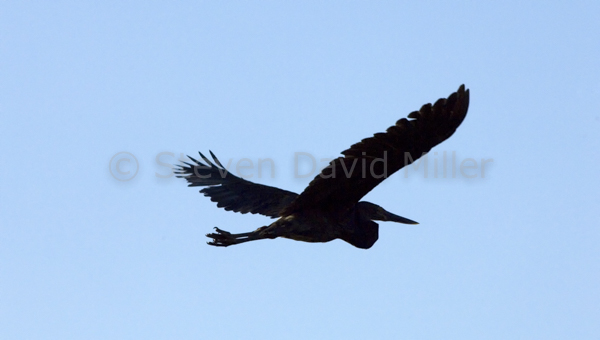 |
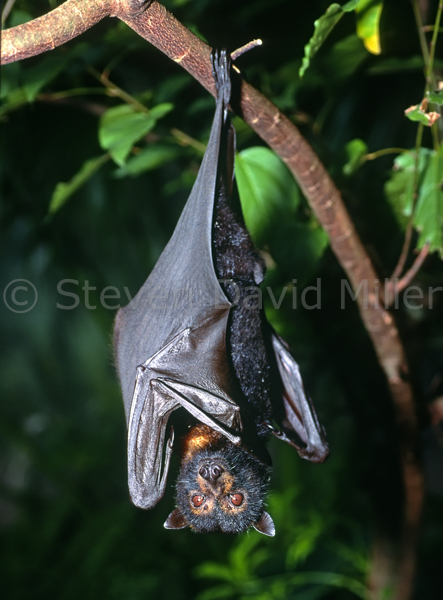 |
Daintree River Wild Watch Tour with Ian ‘Sauce’ Worcester. (Five out of five stars; excellent value for money)
Over the years, we have had the pleasure of going on a number of nature/wildlife tours with some outstanding guides. To be honest, not all guides are equal, but one guide who excels in terms of his knowledge, enthusiasm and genuine desire to make you love his river as much as he does, is Ian ‘Sauce’ Worcester. Ian’s guided nature and bird watching tours on the Daintree River are second to none. We have been on several Daintree River Wild Watch tours, and on each, Ian amazed us with his expertise and eagle eye. From one bank to another, Ian can spot a green tree snake coiled around a tree branch and then have you over there as quick as a wink. Gliding quietly through Barratts Creek, Ian might pause by what seems like a barren branch, only to have a double-eyed fig parrot pop its head out of a nesting hollow to see if its mate is returning. Kingfishers you never knew were there become apparent when Ian points them out. Tucked beyond a grove of mangrove trees one might see a colony of fruit bats roosting restlessly until they set off at dusk to feed, and then suddenly overhead a great-billed heron flies by delighting birdwatchers with a rare and coveted sighting. The bird list is astonishing and that’s before you might spot crocodiles, tree frogs, snakes, butterflies, insects---and then there are the plants. So, if ever you find yourself in the Daintree River area of Far North Queensland, DO NOT MISS an early morning cruise or sunset tour with ‘Sauce’. Oh, and don’t forget your binoculars or your camera.
*For more information visit Ian at www.daintreeriverwildwatch.com.au-
Helicopter at Mitchell Plateau, Upper Mitchell Falls, Admiralty Gulf Coastline. © Steven David Miller
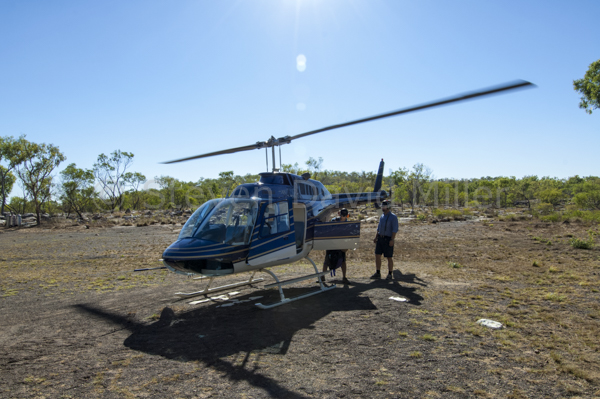 |
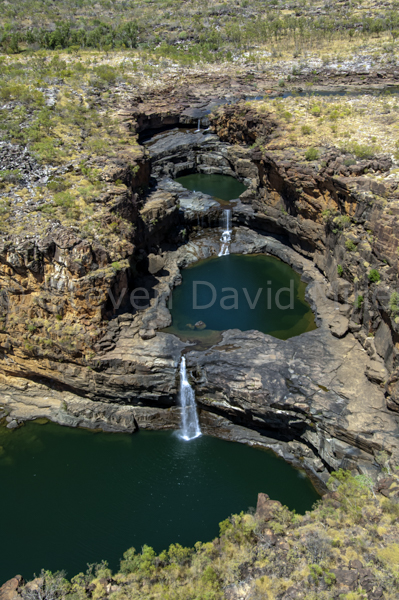 |
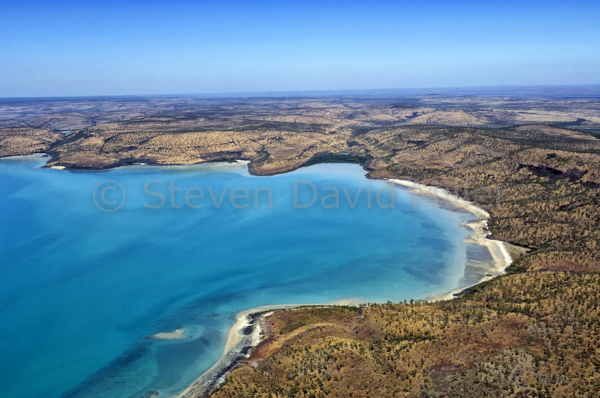 |
Soaring over the Mitchell Plateau (Five out of five stars if the budget allows)
The 4WD-only trip on the vicious roads through the Kimberley to the Mitchell Plateau and Mitchell River National Park is worth every bit of the shattering corrugation, the choking dust, the river crossings and the declaration of war on all vehicles. Once you are set up in the campground, the battle to get there quickly fades. Few walks are as beautiful as the 6km stroll to the Upper Mitchell Falls with stops to see rock art, Little Mertens Falls and other scenic highlights. Having come this far, and if the travel budget allows, it would be a shame to miss one of the most breathtaking tours possible: a Mitchell Falls helicopter tour with Helispirit operating a base camp at the national park campground. Three tours are on offer: the most basic is a transfer from the falls to the campground, the next is an 18-minute flight over the upper, middle and lower Mitchell Falls, and the third is a 48-minute flight out over the falls and on to the coastline of the Admiralty Gulf. To soar up and over this isolated, pristine, splendid scenery in a helicopter is to feel like a mythological god surveying its creation. For me, though, the most amazing aspect is see that there are still wild, untouched places on this planet, though tragically, there is no guarantee that this will remain so. For now though, if any of the tours fit your budget, then I certainly recommend them. If the budget does not allow, then not to worry because the terrestrial views equally wondrous and to experience this park on any level is an experience never to be forgotten.
*For more information visit Helispirit at www.helispirit.com.au-. *Also see our 4WD Australia Blog.
Freedom Whale Watch Tour, Humpback Whale Head & Tail. © Steven David Miller
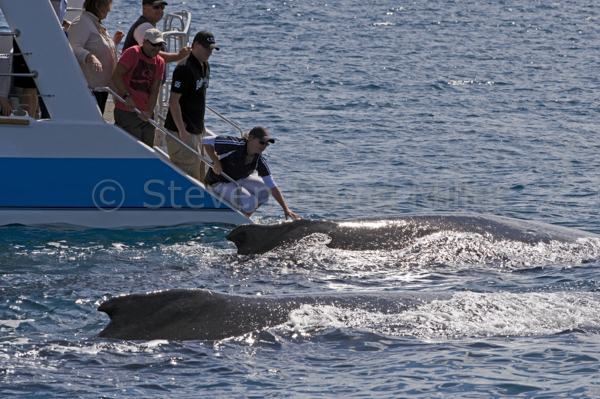 |
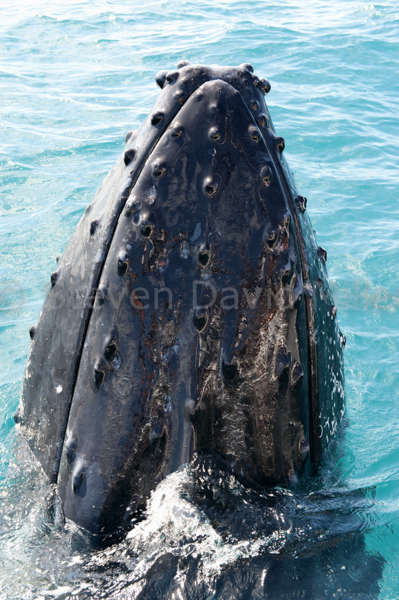 |
|
Humpback Whale: Heads or Tails? (Five out of five stars; worth the money even if you have to stretch the budget)
There are numerous whale watching tours operating out of Hervey Bay in Queensland, Australia. Some are shorter and faster, some are longer and slower. One of the best is Freedom, taking guests out on a 58' catamaran to see humpback whales between mid-July to the third week in October. We like this tour because they sincerely love to show people "their" whales; Keith, Sue and their crew get just as excited at seeing the whales as the rest of us do. We have been out with them on several occasions, and you just never know what you will see: mothers playing with their new-born calves, calves showing off their newly acquired skills, adults breaching and tail-slapping and skyhopping and waving a dorsal fin (surely at the delighted guests onboard). You can find out more about this outstanding tour at www.freedomwhalewatch.com-
You can't really predict when the best whale watching will occur: a beautiful calm day might be much prettier but the whales might not be as active while a rough day might produce some amazing whale activity (and visa versa!). Most boats don't go out if the weather is truly fowl. If you can only go on a specific day, book in advance; if you are flexible and have more time in the area, book when you get there after checking the weather forecast.
*For more information about whale watching in Hervey Bay, visit www.discoverherveybay.com/whales-